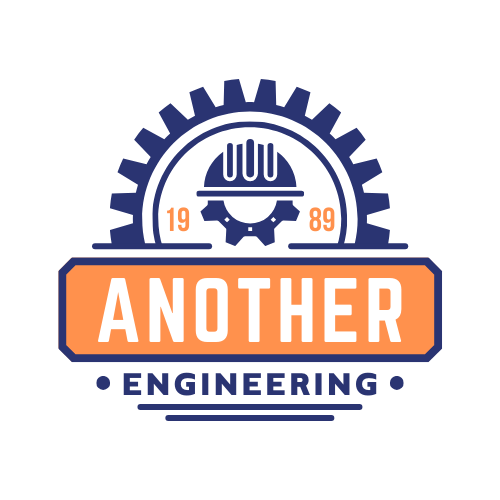Initial Statements
The complexities of process design and optimization are going to be discussed in depth throughout this paper. As part of this process, you will need to establish a workflow that is both organized and effective, with the goal of increasing productivity and ensuring consistent outcomes. Companies who are able to properly develop and optimize their processes have the potential to obtain a competitive advantage in the market that is now experiencing fast evolution.
Determining the Meaning of Process Design and Its Significance
Making a workflow that defines the processes that must be taken in order to accomplish a certain goal is what is meant by the term “process design.” Included in this is the identification of inputs, outputs, and the sequence of activities that must be performed in order to transform inputs into outputs that are desired. By streamlining operations, reducing inefficiencies, and improving overall performance, the fundamental objective of process design is to achieve it.

Effective process design is essential for a number of reasons, including the following:
Improved Efficiency:
A process that has been thoughtfully planned will minimize superfluous processes and bottlenecks, which will result in activities that run more smoothly and output that is completed more quickly.
Methods that are standardized guarantee that the same procedures are carried out each time, which ultimately leads to outcomes that are consistent.
As a result of lowering waste and the amount of resources that are consumed, streamlining operations can result in cost savings.
The implementation of a structured workflow can assist in the identification and resolution of quality concerns, which ultimately leads to the production of products or services of a higher quality.
The capacity to readily adapt to shifting needs and expansion is a key component of scalable processes, which ensures their long-term viability.
Implementing Process Optimization to Achieve Maximum Efficiency
In order to enhance both efficiency and effectiveness, process optimization entails modifying workflows that are already in place. In order to do this, it is necessary to conduct an analysis of the existing procedures, locate areas that might be enhanced, and put into action modifications that would increase performance. There are a few different approaches to optimizing processes, including the following:
The Lean Methodology is a set of concepts that emphasize decreasing waste while simultaneously enhancing value. Among these benefits include the reduction of processes that are not essential, the elimination of flaws, and the optimization of resource consumption.
Six Sigma is a methodology that is driven by data that tries to reduce, as much as possible, the amount of errors and variations that occur in processes. For the purpose of achieving outcomes that are almost ideal, it requires statistical analysis and ongoing development.
Automation:
There is a correlation between automating repetitive processes and reducing the likelihood of making mistakes. In order to simplify operations, this involves the utilization of software tools, robots, and artificial intelligence.
The process of optimizing a process is an ongoing activity that requires continuous improvement. Workflows may be kept efficient and successful by doing routine reviews and making adjustments to them.
Putting Process Design and Optimization into Practice: A Case Study
For the purpose of demonstrating the advantages of process design and optimization, let us take into consideration the following hypothetical situation:
A manufacturing company that specializes in the production of electrical gadgets is known as Company A. Inconsistencies in product quality and production delays have been one of the problems they have been facing. Following an exhaustive investigation, they discovered a number of areas that may be improved, including the following in particular:
Company designed standardized workflows for each stage of production, detailing the particular actions and quality checks that were necessary. This action was taken in order to standardize the processes.
Robotics and software technologies were utilized in order to automate repetitive processes, such as assembly and testing, which were carried out by the organization.
Training and Development:
When it came to ensuring that personnel were prepared with the information and skills necessary to properly perform their responsibilities, Company A made investments in training programs.
Constant Monitoring and Feedback: They devised a method for continuously monitoring and collecting data on important performance indicators. This enabled them to recognize areas that need development and to make decisions based on the data collected.
Company A was able to accomplish the following as a direct result of these changes: A twenty percent reduction in manufacturing times
Enhance the quality of the product, which will result in a sixteen percent decrease in faults
Enhance the overall effectiveness and profitability of the business.
As a conclusion
The development of a good corporate strategy must include the design and optimization of processes. Increasing productivity, decreasing expenses, and improving quality are all things that may be accomplished by businesses through the implementation of organized processes and their ongoing refinement. In order to successfully implement process design and optimization, it is necessary to conduct a comprehensive study of the workflows that are already in place, to engage in strategic planning, and to make a commitment to continual improvement. These initiatives, on the other hand, have the potential to provide enormous advantages and to confer a major edge over other competitors.
